The following is from the Autumn 2015 issue of Air Cooled News (An Official Publication of The Franklin Club)
In 1933, The Reo Automobile Company shipped 800 leftover 1933 Reo “Flying Clouds” to the Franklin Automobile Company. Franklin engines were installed and they were sold as 1933 Franklin “Olympics.”
In 1934 Reo still had unsold “Flying Clouds” so they decided to cut them off behind the front door and build pickup trucks. It is possible that at least one of these pickup trucks was shipped to Franklin where an air cooled 1934 Franklin engine was installed and it was sold as a 1934 Franklin “Speed Wagon.” If that did happen, the truck cold have looked exactly like this one.
In 2012, Wes Scott traded a Model A truck for the remains of a 1933 Franklin “Olympic.” This would provide the chassis for the Franklin “Speed Wagon.” In 2013 Wes’ son Donald found a 1934 Reo Speed Wagon in Shaniko, Oregon. This would provide the cab.
The bed for the “Speed Wagon” came from a Reo pickup in West Plains, Missouri. Richard Harry of Wisconsin provided an extra set of fenders so pickup rear fenders could be made from two sets of sedan fenders.
Another Franklin Club member, Ed Joy of Idaho provided a nice green hood that matched what was left of the original paint on the cab. The goal was to make all the pieces look like they came on the truck originally and to build a truck that could be used and enjoyed. At the Fall Midwest Region Meet in Clinton, MO the comments ranged from “When are you going to paint it?” to “Don’t touch it we like it.”
Wes is going with “Don’t touch it.”
Wes’ garage/shop/farm is just about 20 minutes from where I live and some car buddies drove me down and introduced me. Wes was kind enough to let me record a little video (5 min) of his amazing collection of Franklins and Model A Fords.
This brief video barely scratched the surface (you should forgive the expression) of Wes’s amazing collection. I hope to have another opportunity share some more.

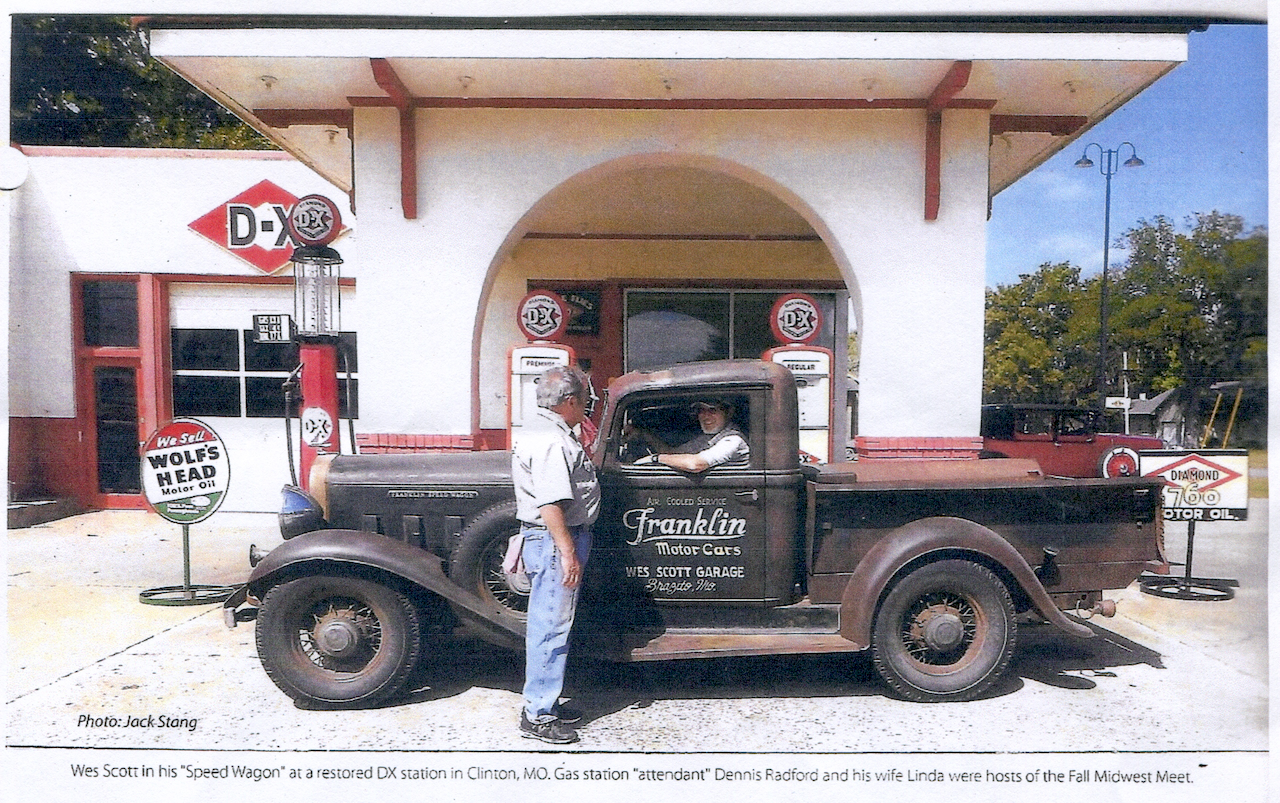

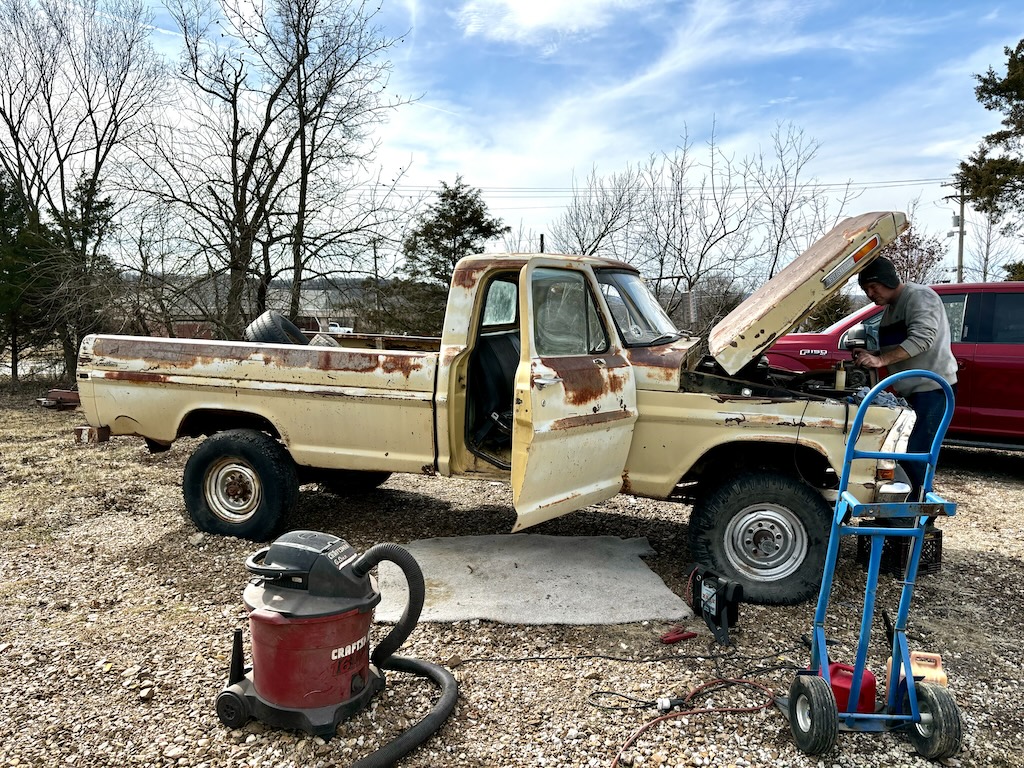




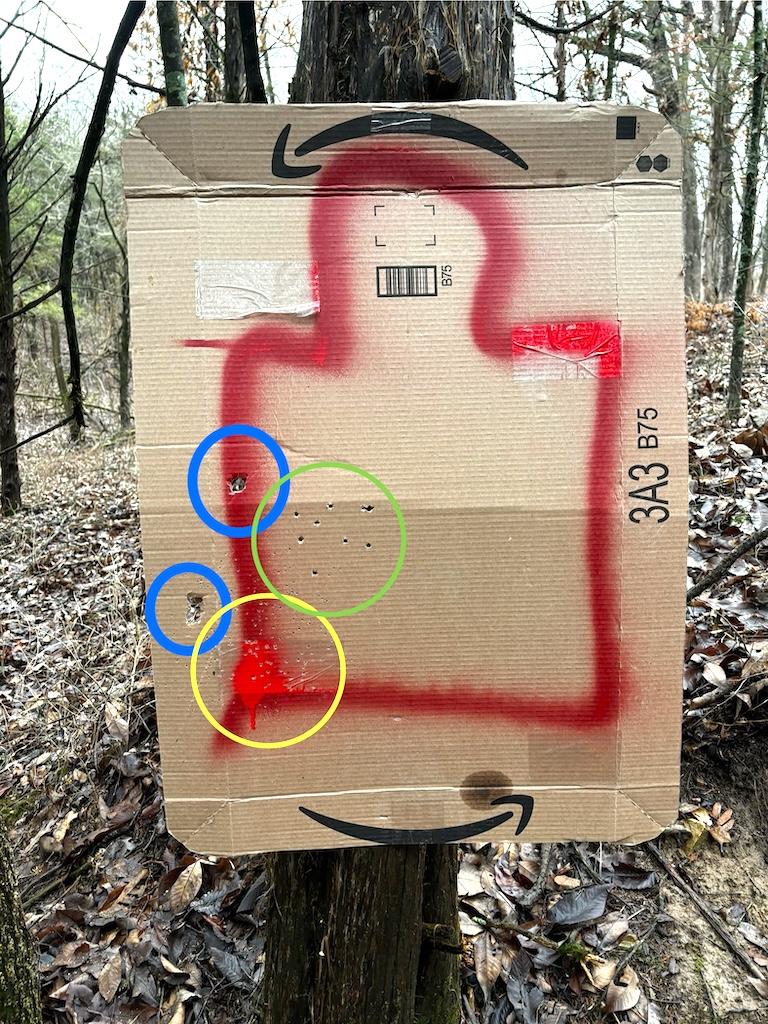
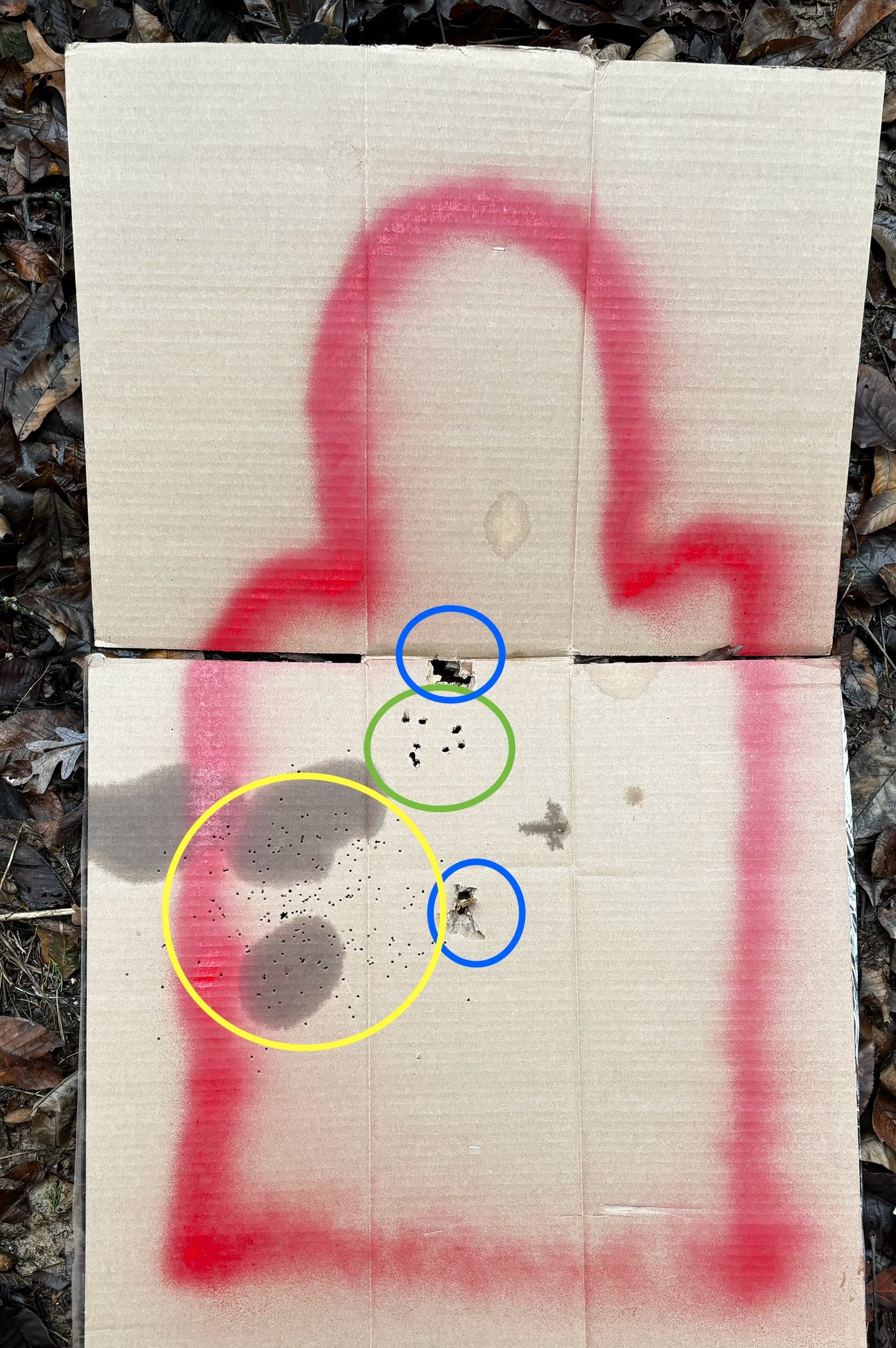
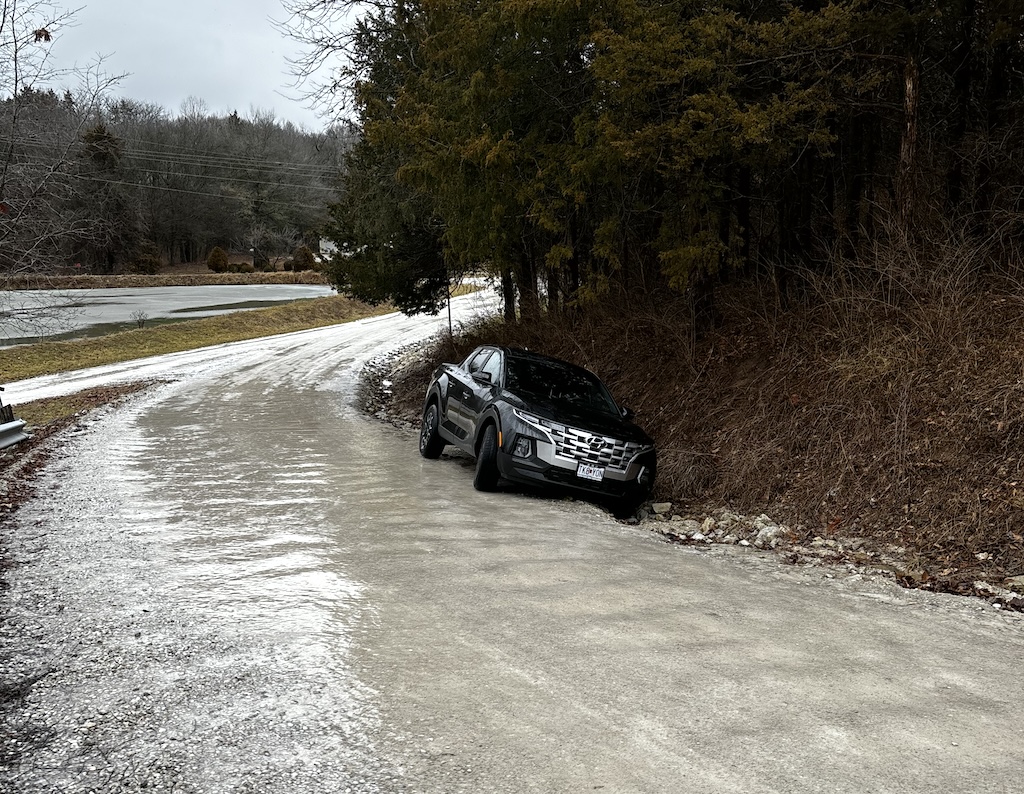 Regular readers know we live at the top of a pretty steep hill, at the end of a gravel road. This week’s weather left our hill slipperier than I’ve ever seen it. Nobody was getting up or down. The truck above belongs to a man who delivers part-time for Amazon and he was trying to bring a package to us. Dude, we can wait.
Regular readers know we live at the top of a pretty steep hill, at the end of a gravel road. This week’s weather left our hill slipperier than I’ve ever seen it. Nobody was getting up or down. The truck above belongs to a man who delivers part-time for Amazon and he was trying to bring a package to us. Dude, we can wait.